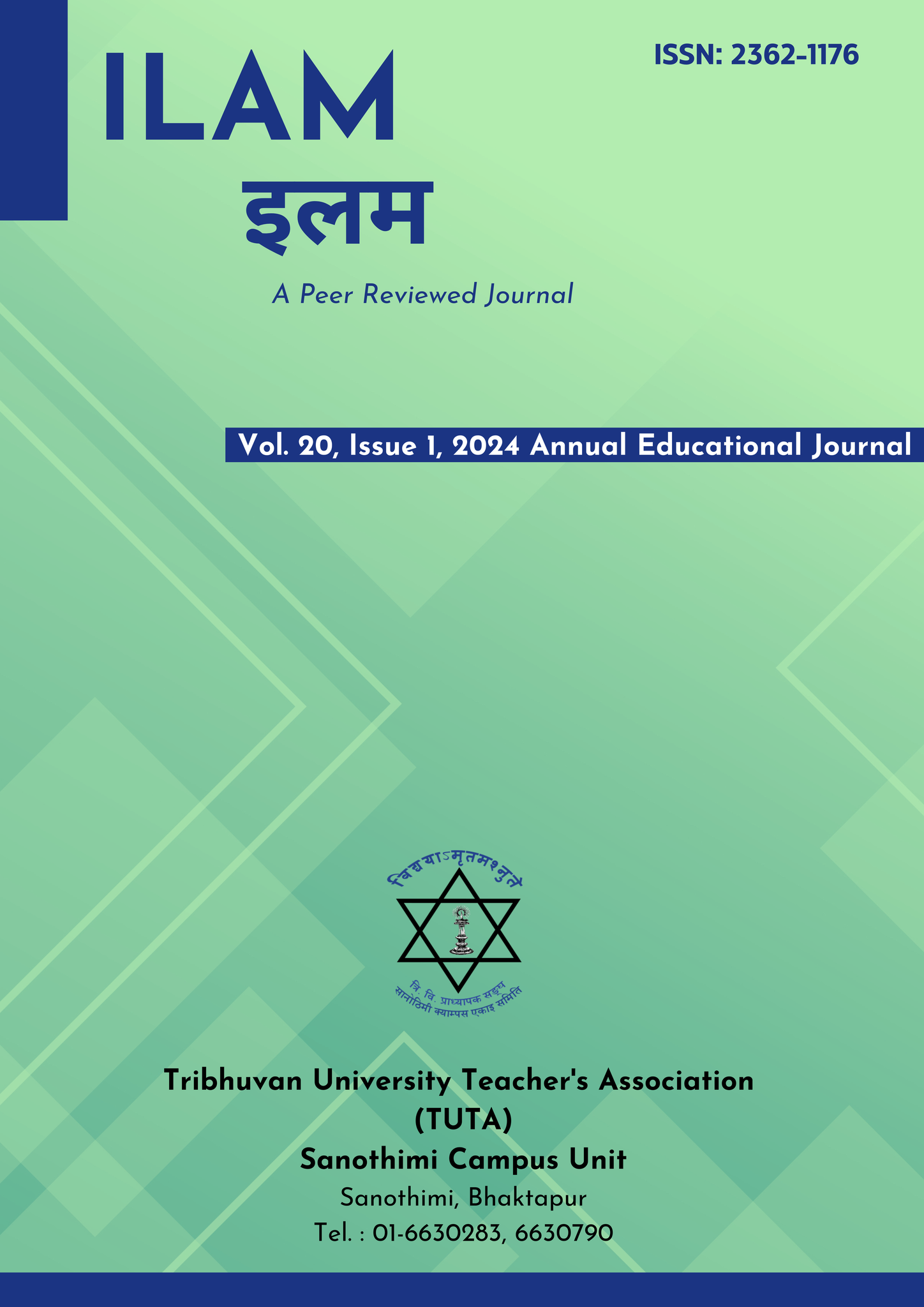Academic Concern: Identify Predatory Journals Prior to Publication
DOI:
https://doi.org/10.3126/ilam.v20i1.67307Keywords:
Predatory and non-Predatory Journals, Academic Ethics, AcademicAbstract
This article was composed with the goal of identifying predatory journals and making recommendations to aspiring academics. In this course, the author gathered the essential material through deskwork and then utilized descriptive-cum-analytical methods to generalize the findings. This article discusses how to discover predatory and non-predatory journals on Web pages so that careful researchers can publish their scholarly work in the right forum. To provide the necessary explanation, the author employed both descriptive and analytical approaches to information comprehension. According to the study, predatory journals are widely available in the form of open-access journals and online journals, whereas non-predatory publications have well-defined manuscript submission protocols. That is why interested researchers should be aware of whether they are reading the correct journal or a counterfeit. When examining a suspected journal, look for integrity; if the same paper appears in many journals without peer review and there is no editor or editorial board listed on the journal's website at all, Topics covered include the website, publication methods, indexing and metrics, pricing, access and copyright, and commercial activities. This is why this post will be useful for those who want to distinguish between genuine and counterfeit journals.




